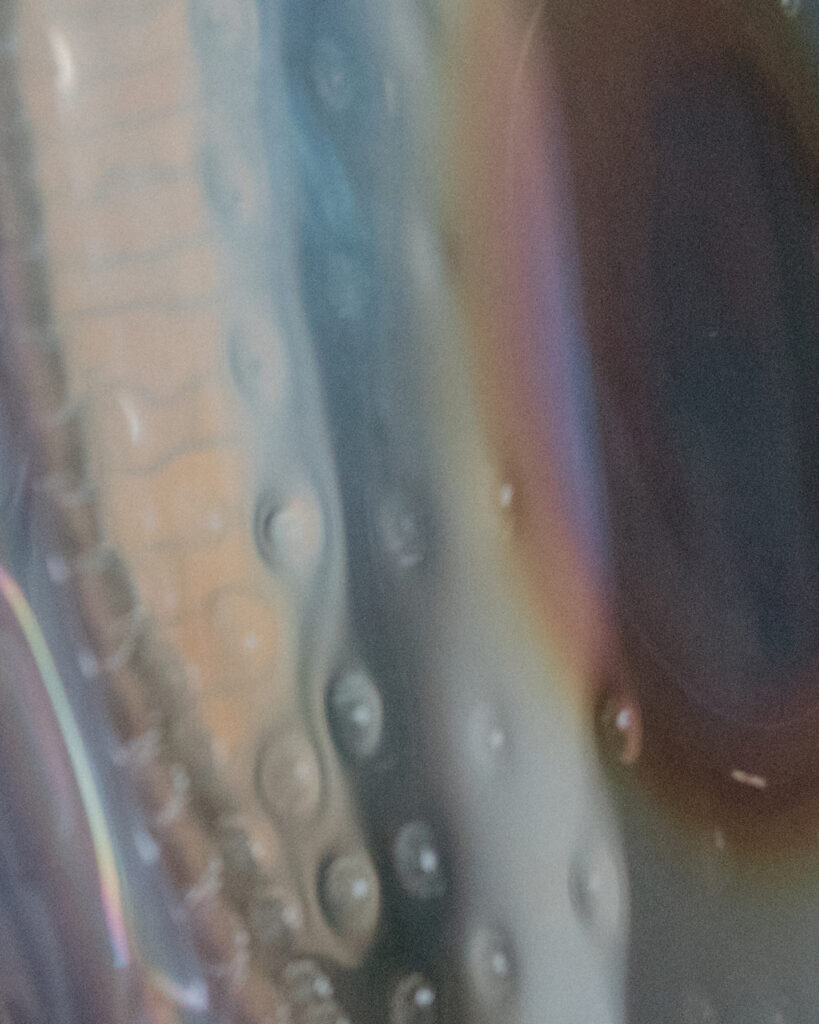This Open Haus is part of the Friends of Reethaus annual pass.
Tezcatlipoca — whose name means “smoking mirror” — was the glassy Aztec Teotl of the night sky, night winds, hurricanes, discord, divination, beauty and war. His chief attribute was an orb of obsidian, the black stone that when polished returns the gaze of the observer in a dark haze. As lord of the night and its creatures, Tezcatlipoca was also the jaguar, the black hunter of the Mesoamerican cloud forests who was understood to possess the power to stalk and cross the boundary between the terrestrial world and the underworld.
Channeling this dark guardian and its constellation of symbols, Origin Te Yon’ton unleashes a storm of sound that aims to break the “I” so that we too may cross over. When we fix our gaze on the obsidian mirror and have the mettle to observe the darkness we see there, we enter the domain of Tezcatlipoca. His black daggers fly towards us, cutting loose all the moorings of character to release us from readymade forms.
In Tezcatlipoca, Yon’ton plays a range of instruments native to the Americas, including the huehuetl drum, made from the heart of a tree; clay whistles and flutes from Teotihuacan, each carrying a specific spirit; the cenzontle whistle, named for the bird of four hundred voices; xochipilli, a ceremonial flute dedicated to the guardian of sacred plants; the double drone flutes of the Maya; the atecocolli sacred conch that amplifies the jaguar’s roar; the ayacaxtli, a rattle of fine grains that guides the spirit on its passage; and the om’pak, a didgeridoo-like instrument crafted from the long flowering stalk of the maguey. Yon’ton’s own voice too fills the sonic canopy with its chants, howls, breaks and prayers.
Yon’ton’s ritual practice is an analog form of spatial sound, emitting gusts of vibrations through instruments that are athletically danced around the ceremonial space. This spatial intention has found digital means in MONOM’s studio in Berlin, where Yon’ton and William Russell riffed on Tezcatlipoca across 360-degrees of amplified sound, playing the space together. The work has been adapted for the 16-channel space of Reethaus.
